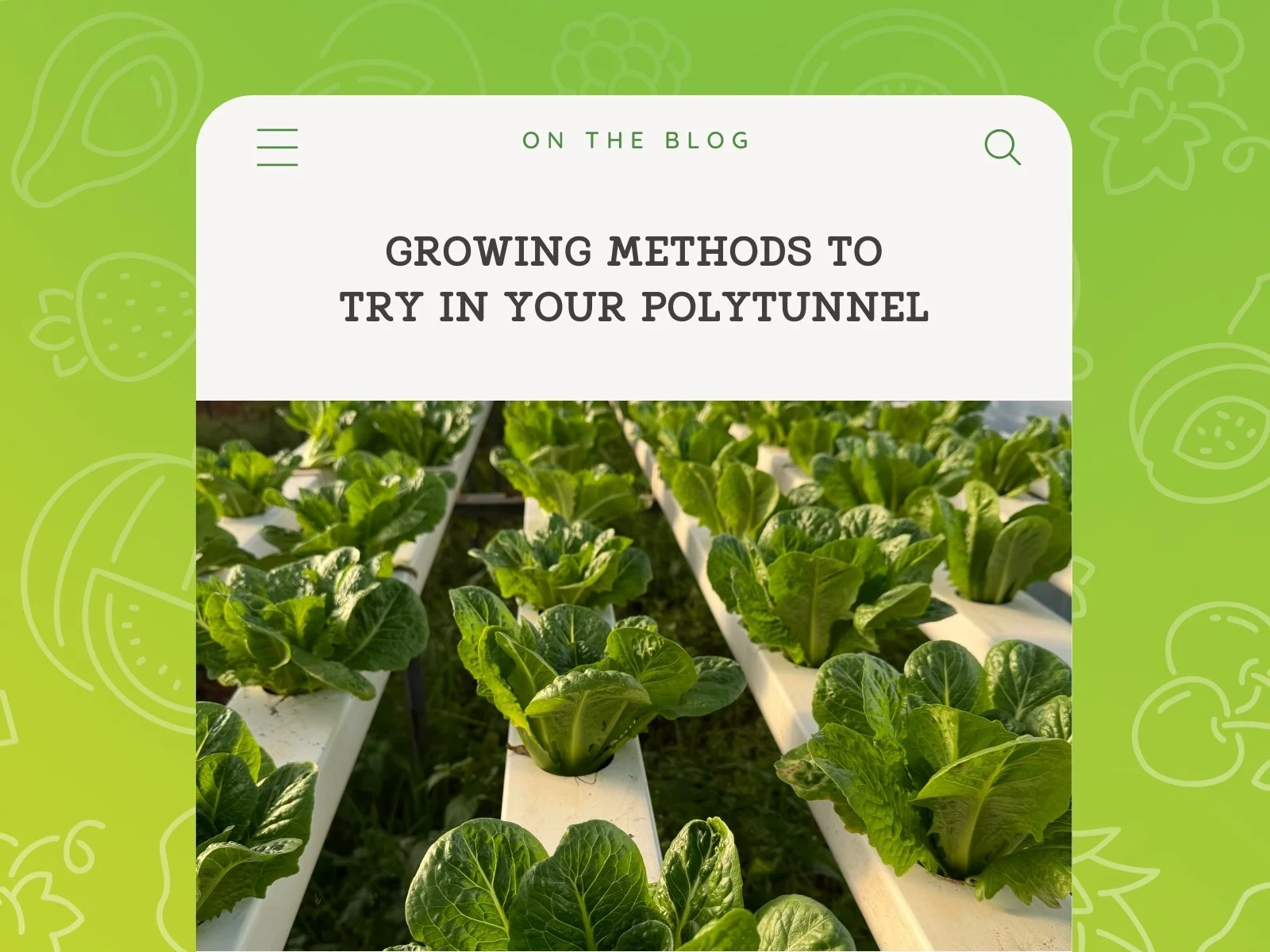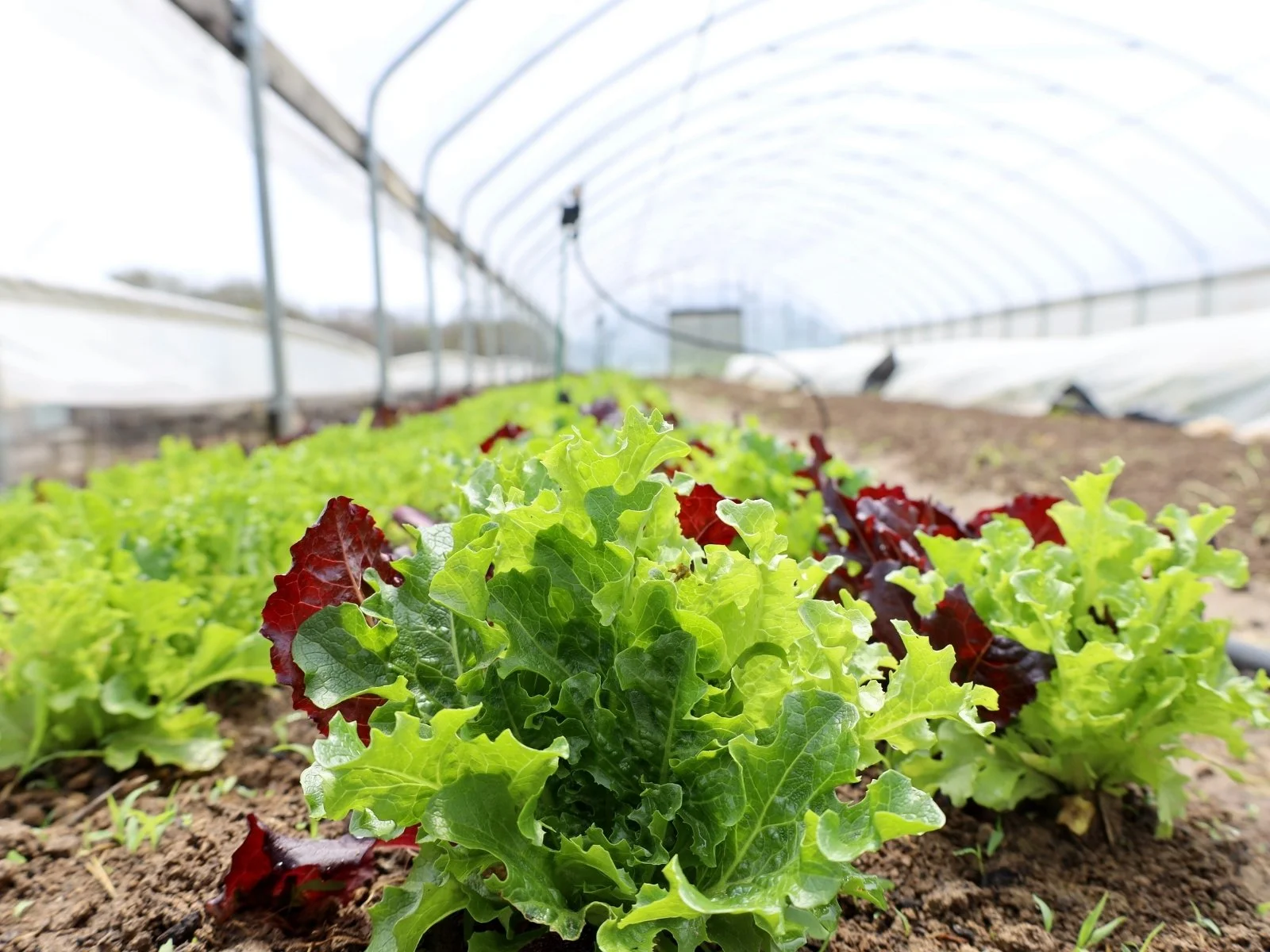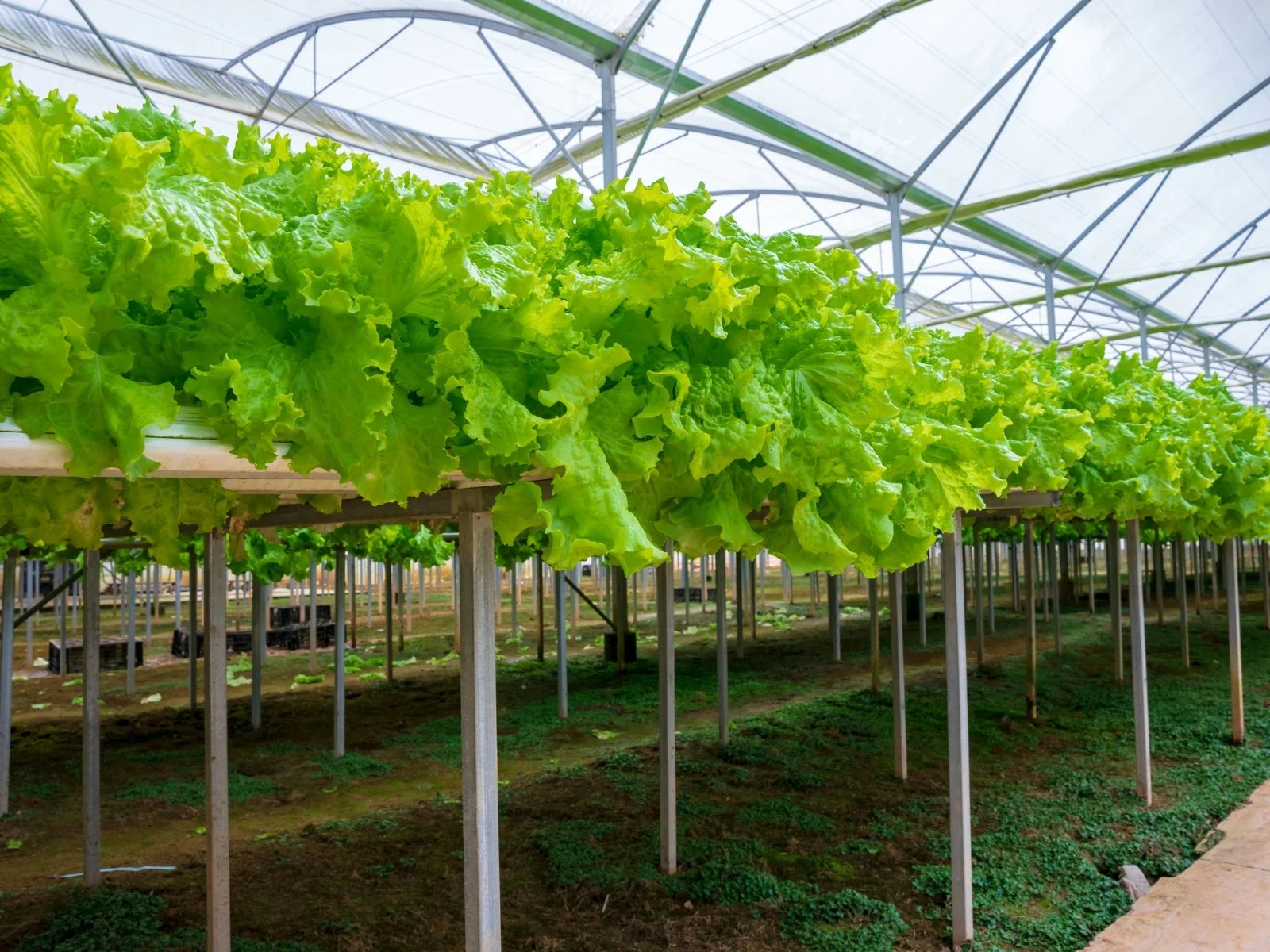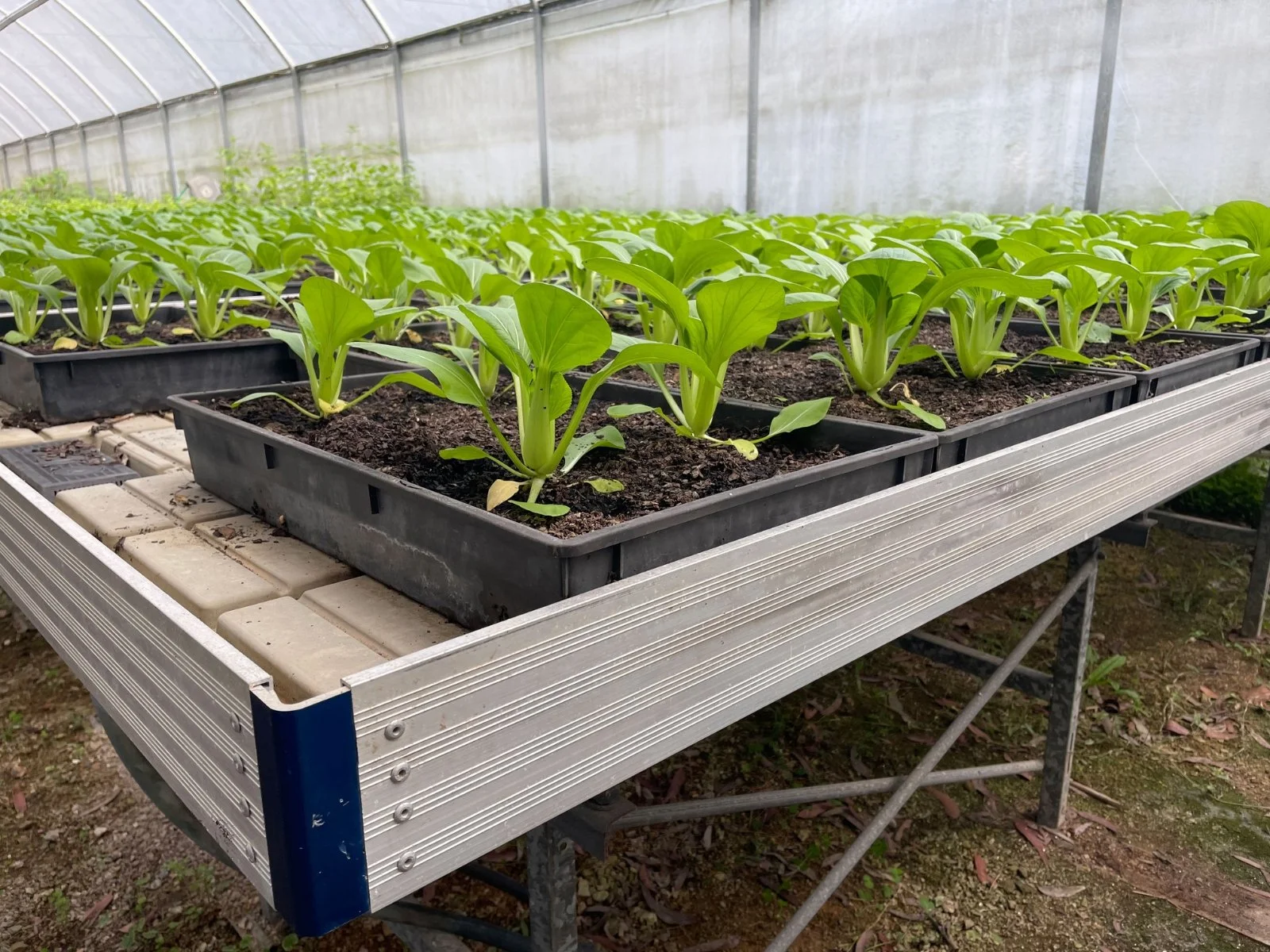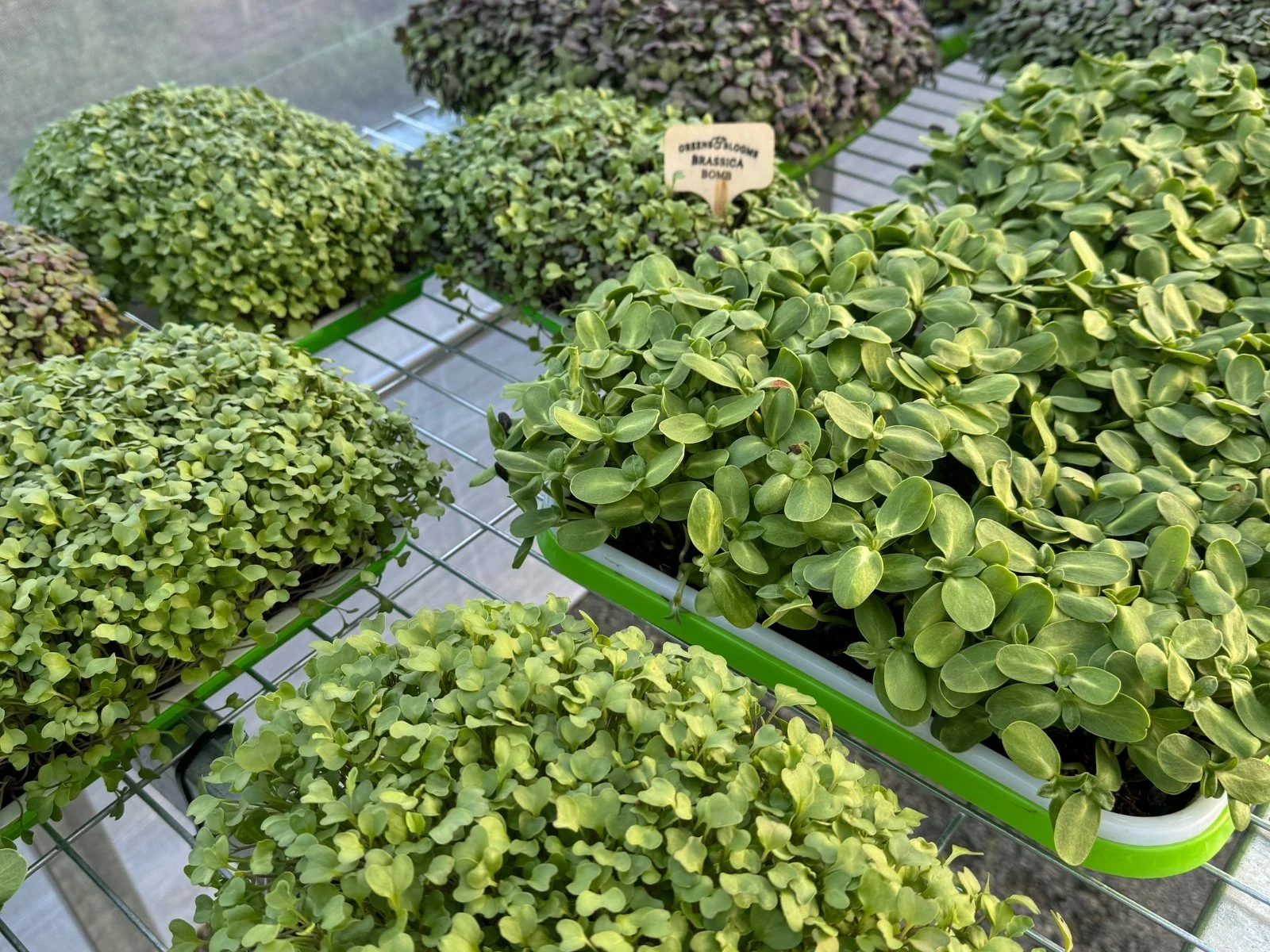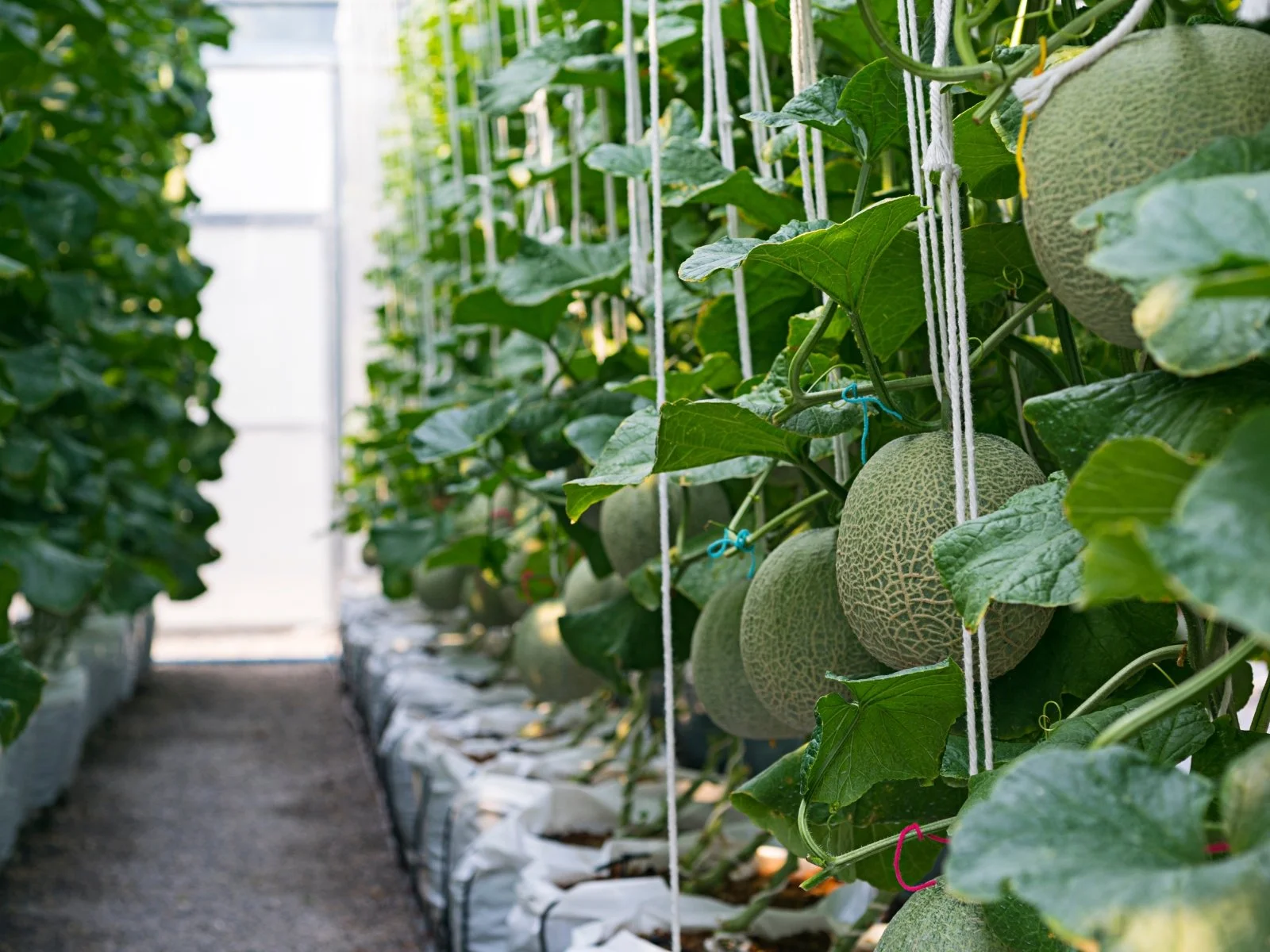Growing Methods for Polytunnels
When people ask us “what is a polytunnel used for?” the answer is simple: a polytunnel is one of the most versatile tools a grower can have. Whether you’re growing leafy greens for your family, trays of microgreens for a café, or climbing tomatoes for the local farmers’ market, a tunnel gives you control, protection, and a big leg-up on productivity.
But here’s where it gets exciting: how you grow inside your tunnel is just as important as what you grow. From classic in-ground beds to high-tech hydroponics, there’s a method for every grower—and every goal.
Let’s walk through the most popular (and profitable) growing methods inside GROW Tunnels and other high tunnel systems.
Why polytunnels are a game-changer for Australian growers
Before we dive in, it’s worth recapping what makes GROW Tunnels (also known as high tunnels, polytunnels or hot houses) so valuable, especially in the Australian climate.
Season Extension – Start earlier in spring, grow longer into winter.
Weather Protection – Shield crops from wind, heavy rain, frost and hail.
Pest & Disease Management – A controlled environment = fewer surprises
Better Yields – A consistent climate means happier, more productive plants
Flexible Growing – From backyard setups to commercial-scale production
Whether you call them polytunnels, hoop houses or growing tunnels, they’re a smart investment for both hobby growers and commercial operations across Australia.
In-Ground Beds: The Classic Approach
There’s a reason this method has stood the test of time. Growing directly in the ground inside your tunnel is simple, low-cost, and effective—especially if your soil is already in good shape.
Why choose in-ground beds?
No additional infrastructure needed.
Great for root crops, leafy greens, and hardy veg.
Easy to rotate crops and build soil health over time.
Tips:
Add compost and organic matter to improve structure.
Mulch heavily to retain moisture and suppress weeds.
Create pathways for easy access and to reduce soil compaction.
Raised Garden Beds in Tunnels
Want more control over your soil and ergonomics? Raised beds inside a tunnel are the sweet spot for many backyard growers.
Benefits:
Warmer soil = As the soil sits above-ground, the sun can heat up your soil quicker, giving you better growth in cooler months.
Easier access for older or mobility-limited gardeners.
Perfect for intensive planting (square foot gardening, for example).
Aesthetically pleasing.
These are great for growing herbs, greens, carrots, beets, or anything you’d normally pop into your veg patch.
Vertical Growing: Maximise Your Space
Got a smaller tunnel? No worries—grow up, not out. Vertical growing lets you get more crops per square metre, and it's a game-changer for leafy greens and vine crops.
Try:
GROW Towers (ideal for lettuce, herbs, strawberries).
Hanging baskets for trailing crops.
Trellises for tomatoes, cucumbers, and beans, keeps your crop off the soil allowing you to companion plant in the soil underneath.
Bonus: Vertical growing improves airflow, which helps reduce mildew and pests.
Container Growing in High Tunnels
If you have poor soil, or want maximum flexibility in moving plants around, including in and out of your tunnel depending on the season, container growing inside your tunnel might be the way to go. Growing in pots is also perfect for those looking to use their polytunnel to look after their nursery plants and seedlings.
Great for:
Tomatoes, chillies and capsicums, eggplant.
Herbs, leafy greens, celery and spinach.
Citrus or dwarf fruit trees in large pots.
Strawberries and salad mixes.
Tips:
Use high-quality potting mix.
Choose breathable containers or self-watering systems.
Rotate or rearrange seasonally to follow the sun.
Hydroponics in Polytunnels
Looking to level up your growing system? Hydroponics (growing without soil) can significantly increase your yield per square metre.
Why hydroponics are great in tunnels:
You already have protection from weather
Stable temps make nutrient management easier
Great ROI for high-turnover crops like leafy greens
Popular setups:
GROW Towers – add a little, or a lot of hydroponics to your tunnel, it’s completely up to you.
NFT (Nutrient Film Technique).
Deep Water Culture.
Drip-to-waste systems for tomatoes, cucumbers, strawberries.
This is a favourite method in commercial greenhouse production across Australia—and it’s easier to start than many think.
Ebb-and-Flood Tables (Flood & Drain Systems)
For commercial growers looking to streamline production, ebb-and-flood tables are a smart investment.
How it works
Plants sit in shallow trays.
Nutrient-rich water floods the tray at intervals, then drains away.
Repeats on a timer for consistent feeding and oxygenation.
Ideal for
Leafy and asian greens, such as rocket, lettuce, pak choy and tatsoi.
Culinary herbs such as dill, basil, parsley, coriander and more.
Seedlings and propagation, as seedlings are watered from underneath, drenching the soil and roots, rather than leaves of the germinating plant.
These systems are highly efficient, reduce watering errors, and are excellent in clean, controlled environments like a high tunnel.
Wire Tables for Seedlings & Microgreens
Need to get serious about propagation or small-scale crops like microgreens? Wire mesh tables give you airflow, hygiene, and ease of access.
Why they work
Excellent air circulation = reduced disease risk.
Easy to reconfigure.
Elevates trays off the ground = less bending
Best for
Seedling trays before transplanting.
Microgreens for restaurants or retail.
Shallow root crops with high turnover.
Edible flowers in pots.
Nursery and topiary varieties.
Wire tables are standard fare in commercial nurseries—and a smart addition to any serious growing tunnel.
Trellising & Crop Supports
Trellising isn’t just for climbing plants—it’s for smart growers who want cleaner, more manageable crops.
Good trellis candidates
Tomatoes
Cucumbers
Peas and beans
Pumpkins
Watermelons
Benefits
Easier harvesting
Better airflow = fewer fungal issues
Keeps fruit off the ground and out of the mud (and away from vermin if any do get into your tunnel).
Run your supports from end to end inside your tunnel, or use A-frames and vertical netting.
Choosing the Right Setup for Your Goals
Backyard Grower?
Start with raised garden beds and GROW Towers. A small wire table at one end of your tunnel is also handy for seed starting as your system grows.
Market Gardener or Commercial Grower?
Use a combo of in-ground or raised beds for bulk crops, hydro or ebb-and-flood for leafy greens, and wire tables for propagation. Don’t forget trellising for those cash-crop tomatoes.
Mix & Match
The beauty of a high tunnel is its flexibility. Your setup can evolve with your needs, season by season.
Final Thoughts: Build Your Best Growing Setup
There’s no one-size-fits-all method when it comes to tunnel growing. But there is a method that fits your space, your goals, and your budget.
Whether you’re chasing flavour-packed tomatoes in tunnels, delicate strawberries grown hydroponically, or a tray of microgreens for the weekend market—your tunnel should work for you.

